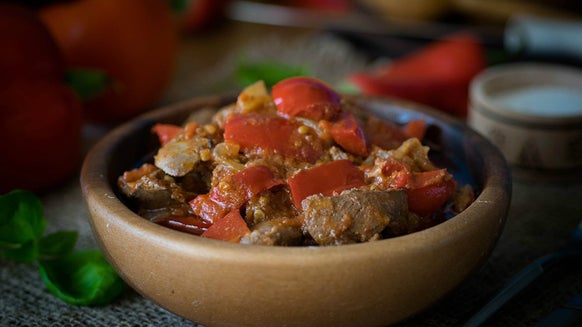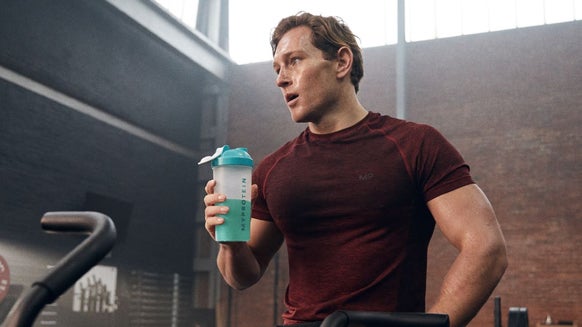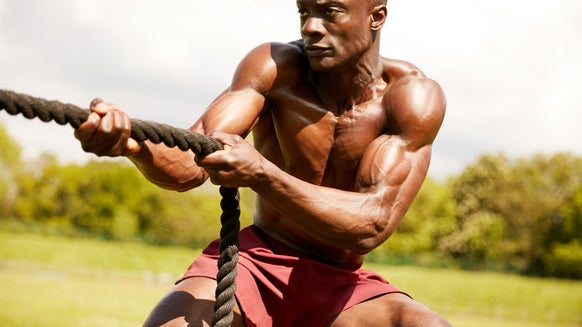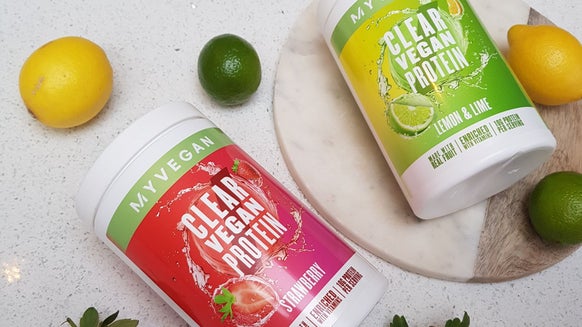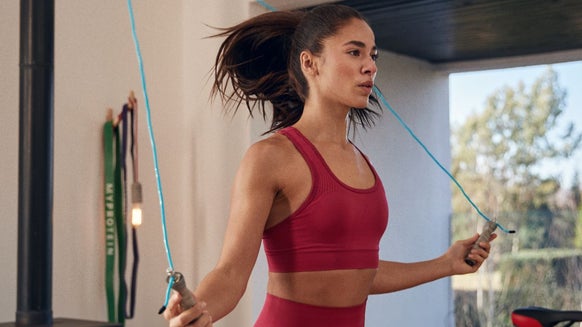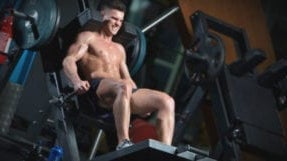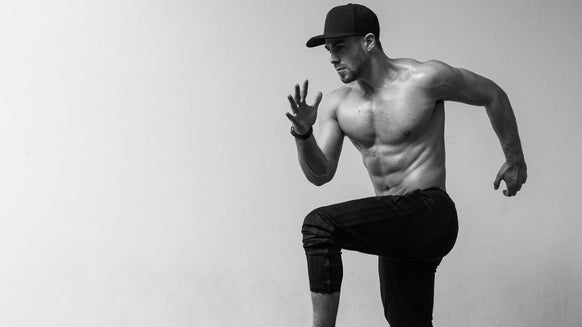Everything You Need to Know About Your Glutes
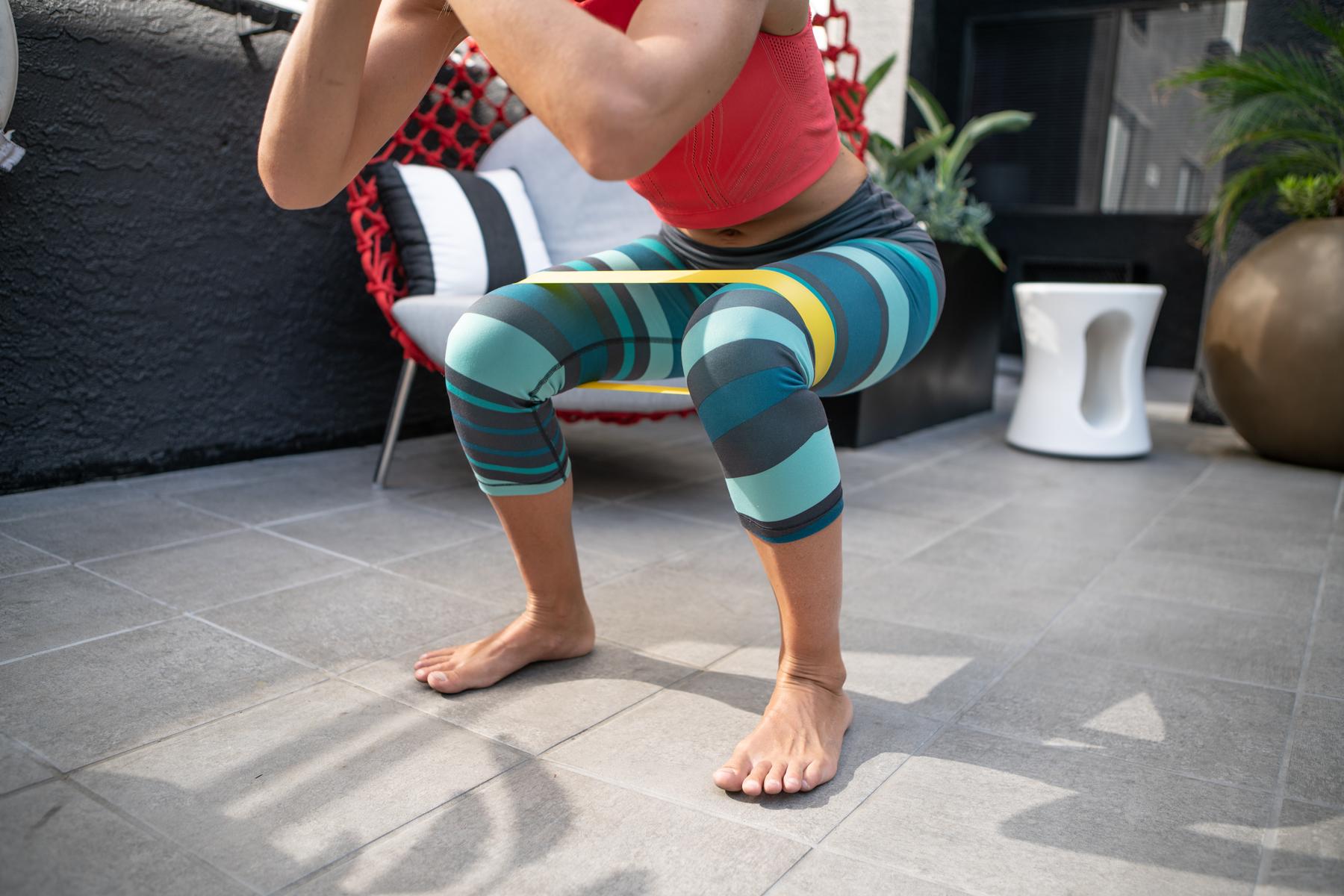
The glutes comprise of three muscles which are deeply rooted in athleticism and aesthetics. Strength in the gluteal muscles contributes to improved athletic performance, injury prevention and improves the quality of life through making activities of daily living easier. This muscle group should receive a lot of attention for both men and women if they want to be fitter, stronger and healthier.
1. Your Glutes Consist of Three Muscles
Gluteus Maximus:
This muscle attaches to the posterior aspect of the pelvis and extends to laterally onto the femur. It is the largest and most superficial of the gluteal muscles and performs the actions of hip extension, lateral rotation and abduction.
Gluteus Medius:
Originating at the outer surface of the top of the pelvis, this muscle fans down to the greater trochanter (the bone that you can feel when you touch your hip). This muscle primarily abducts, laterally rotates and extends the hip, although it also contributes to internal rotation and flexion of the hip.
Gluteus Minimus:
The smallest of the gluteal muscles, fans from the top lateral aspect of the pelvis down to the femur at the greater trochanter. This muscle primarily abducts the hip but also contributes to hip flexion and lateral rotation.
2. Your Glutes Are Some of The Strongest Muscles in your Body
The glutes are the largest and often the most powerful muscles in your body by default. Their main functions are external rotation of the hip, abduction and extension. All of these movements, particularly hip extension are not only frequent movements in daily activities such as walking but essential movements for peak sports performance in nearly every sport.
The stronger your glutes are, the more power they can produce (which also often means they are larger too), which is key to performance. The glutes are responsible for producing high amounts of torque which results in a strong squat or deadlift, so it’s important to adhere to principles of training if you want to improve the performance or aesthetics of your glutes.
3.Weak Glutes Can Lead to Pain in Other Muscles
The glutes form a vital link in the kinetic chain, connecting your upper and lower body via the hips. Therefore, they perform an essential role in stabilising the joints below (the hip, knee and ankle). If your glutes are weak, then it is likely that other structures will be forced to compensate, to their own detriment.
Without sufficient support from the glutes, the knee may not be sufficiently controlled during movements such as running, which can lead to subsequent changes like increased wear of the cartilage at the knee, leading to pain and further compensations from other structures. Additionally, weak glutes can be a contributing factor in lower back pain, thus affecting daily tasks such as bending down.
Introducing strength training for your glutes should be considered a preventative measure that can help improve your athletic performance and overall quality of life.
4. Use Progressive Overload When Training Glutes
As with any muscle or muscle group, progressive overload is key to facilitating hypertrophy, strength gains or any other training-induced adaptations such as increases in power or local muscular endurance.
Every exercise should have an element of progressive overload (i.e. gradually increasing the number of sets, reps, load or time under tension by slowing down the movement). This ensures that the glutes are always being provided with novel stimulus, which is responsible for inducing the desired training adaptation.
5. Bodyweight Exercises Work
When access to equipment is limited, the glutes can still be trained very effectively with only bodyweight exercises. You should consider training the glutes with bilateral compound exercises (e.g. squats, plyometrics and variations), unilateral compound exercises (e.g. pistol squats, lunges, RDL’s and variants of these), and isolation exercises (e.g. donkey kicks, side-lying hip abduction etc.).
You can increase the intensity of bodyweight movements by slowing them down (increasing mechanical time under tension), increasing sets and reps, reducing rest periods or increasing the frequency of your training.
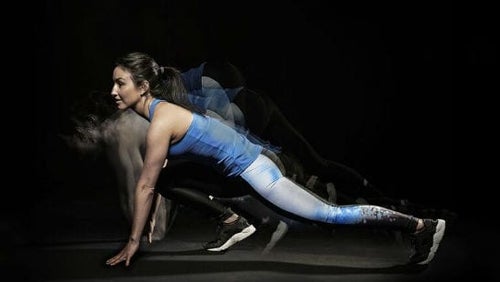
Can I Grow My Glutes With A Resistance Band? | Your Questions Answered
Resistance bands really are one of the most effective and ways to sculpt your glutes — we'll tell you why.
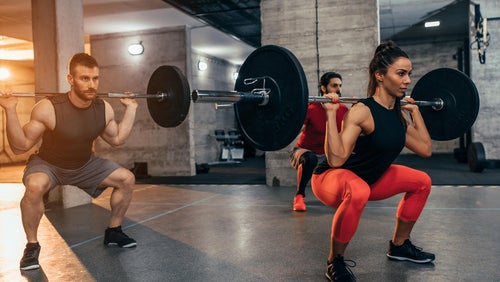
15 Minute Workouts for Any Occasion
Too busy to exercise? All you need is 15-minutes a day!
6. Frequency is Key
Since the glutes form a large muscle group that is used a lot of the time (i.e. standing, walking, running), they are relatively fatigue resistant. Subsequently, they are often able to recover from training quite rapidly – meaning that they can (and should) be trained frequently in order to elicit the desired adaptations. For beginners, this may look like 1-2 times per week, and for more advanced individuals, it may be appropriate to include direct glute training around 3 times per week.
7. Compound and Isolation
Compound exercises use multiple joints and thus can be loaded with heavier weights since more prime movers and synergists contribute to the lift. A combination of compound and isolation movements will result in a greater overload of the glutes – so around 2-3 compound exercises and 3-4 isolation exercises should elicit the desired response.
8. Intensity Matters
With loaded exercises like the barbell squat, you may have heard that you should perform ‘3- 5 sets of 8-12 reps’ to induce hypertrophy. While this is true, many do not see the results they desire as they do not understand how intensity connects with this.
In most compound lifts, you should have an idea of what your 1-rep-max is. Intensity is based on percentages of this 1RM, and it is widely agreed upon that loads should be around 70-85% of your 1RM within the rep range of 8-12 reps for 3-5 sets on a given exercise for an optimal hypertrophic response.
9. Mind-Muscle Connection
When performing any exercise, it is important to properly stimulate the muscle to encourage optimal growth. An important factor is activation, which is known to contribute to the extent of hypertrophic responses to resistance training.
Subsequently, it is important to focus on ‘squeezing’ or actively and consciously contracting the muscle at the end of the concentric phase of each contraction as hard as you can. Not only is this likely to contribute to greater gains, but it will also help to maintain your form throughout an exercise (i.e. consciously focusing on muscle contractions during squats will help to make sure you are not simply going through the motions, and thus you will use your glutes more effectively throughout the exercise).
10. Structure Your Training
Training aimlessly every session is one of the easiest ways to sabotage your training goals, especially when training your glutes. Planning your sessions, recording your training and assessing your progress will ensure you are meeting the required criteria regarding progressive overload to make the adaptations you seek, whether that is performance or aesthetics based.
Take Home Message
The glutes form a complex and powerful muscle group that support and protect the hip joint, along with surrounding joints and structures. You should seek to adhere to training principles and follow a structured plan to ensure that you achieve the adaptations you are looking for.
Bodyweight exercise can be extremely effective in the absence of equipment, but don’t forget to factor in appropriate recovery and nutrition to optimise your training adaptations!

